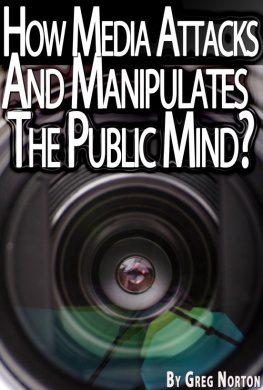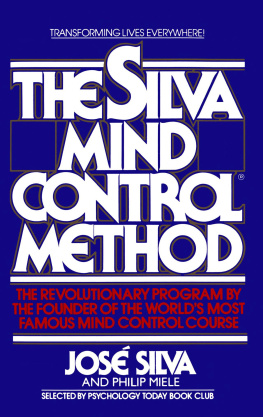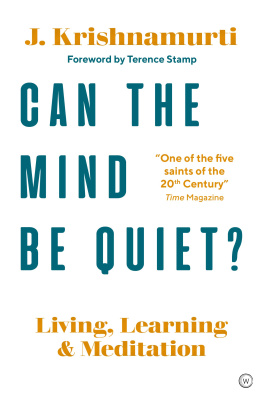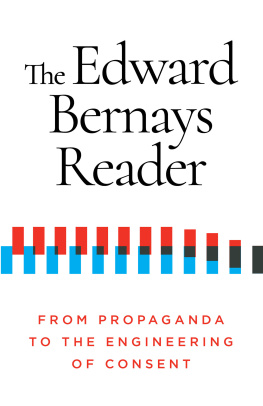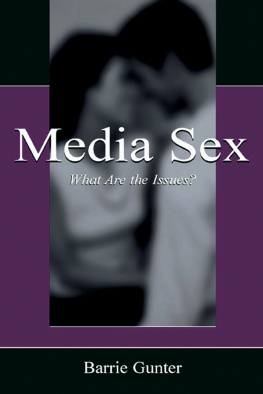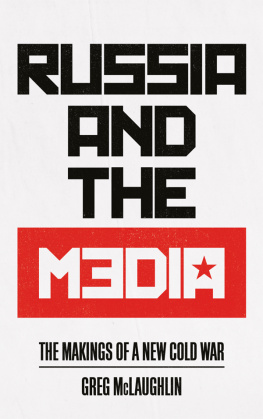The Mind Crisis - How Media Broadcasts Attack And ManipulateThe Public Mind ?
By Greg Norton
Published by Greg Norton at Smashwords
Copyright 2012-2013 Greg Norton
This e-book is licensed for your personal entertainment only.This e-book cannot be re-sold or given away to other people. If youwould like to share this book with another person, please purchasean additional copy for each person. If you are reading this e-bookand you did not purchase it, or it was not purchased for your useonly, then please return to Amazon.com and purchase your own copy.Thank you for respecting the hard work of the author.
The author asserts the moral right to be identified as theauthor of this work!

The Mind Crisis
Psychological warfare has beenwaged against America and around the world. This war for the mind of thepublic has been facilitated by the emergence of the mass media and thetransformation of the American education by behavioral psychologistover the years.
People are in danger of losingtheir human qualities without being aware of it while it is happening,because of psychological, intellectual, and emotional manipulation known as mind control .
If they can control youremotions through music, 3-D graphics, and carefully engineeredmarketing campaigns with pictures, computer effects and sounds, they cancontrol your thinking, and therefore, your life.
I do not know about you, butsomehow this idea of not being in control over my life bugs me. This isthe primarily reason why I stopped watching TV broadcasts and othertype of engineered programming, which were not serving my goals.Are they serving yours?
If most of the informationpresented inmedia broadcasts is not relevant to me and my goals, I simplychoose to ignore it. Not just that, I choose not to even be exposeto it.
The most effective way toprotect yourself from subconscious manipulation is to become moreaware of how it works. Whatever the conscious mind believes, thesubconscious acts on it in order to reinforce thatbelief.
It works like programming acomputer. Information is embedded into a computer, and the computeracts on it. However, if the information fed into the computer iswrong, it still acts on it, because information is being processedin one way or another.
If a person believes something that is nottrue, the memory bends, and the subconscious mind does not correctthe error, but acts on it. Thats how we learn false information thinking that it is good or right for us.
In some instances,i t is betterto be ignorant than just learning whats not true, because it ismuch easier to learn than to unlearn, or forget, what you alreadyknow.
The theory of CognitiveDissonance states that the mind automatically and involuntarilyrejects information not in line with previously accepted thoughtsand beliefs. It creates a conflict. Thats because if we do nothave any frame of reference to what we learn, we tend to eitherreject it or ignore it.
Many of the thingspeople believe are not questioned, especially if the informationis coming from a reliable source. It becomes easy to lose sightof why people believe some of the things they do.
People can be led tobelieve something that is not true when that information iscarefully timed and presented, especially if it is accepted andrespected by authorities, such as: TV broadcasts, radio, andnewspapers.
When people believe insomething, they are emotionally attached to it identifying themselves withthose believes. So, when someone questions those believes, peopleget offensive and reactive in order to protect their ownidentity.
The purpose of propaganda is todirect thepublics attention to certain facts. Often those facts arecarefully engineered lies for the means of personal gains. Peopleform believes around those facts, identifying themselves withthem. To be effective, propaganda must constantly short circuit allconscious thinking and operate on each individualsubconsciously.
Th e principles behind the big lie ofpropaganda are the same principles of mind control, hypnoticsuggestions, mental programming, distractions andrepetition.
Distraction focuses the attention ofthe conscious mind on one or more of the five senses, in order tostop conscious thinking, thus, producing a state of mind thatssimilar to day dreaming. Have you caught yourself staring blindlyat the TV screen, losing all sense of time and place? When you stopconscious thinking, and your mind goes blank this is the hypnotic state ofmind . Thisaltered state occurs naturally, but it can also be induced byclever manipulation.
Think of times you have seenflashing words in a TV commercial. The flashing words are the distractionsfor your eyes to lock onto in order to induce hypnosis . The purpose of this processis to eliminate any resistance to the delivered message by stoppingall thoughts, analysis, and critical thinking which may questionwhats suggested.
Watching television oftenproduces an altered state of consciousness. Not consciously perceived, theTV screen while appearing static actually flickers. Any repeatedlight or sound pattern can lead you into an altered state(hypnosis).
Hypnotists use pattern speechby varying the pacing and the reflection of their voice to inducethe state of mind in their subjects. It is the state of mind where the personbecomes more receptive or open to mental programming andconditioning.
Whether or not the informationtakes hold in the mind depends on two factors:
Trust in the source of theinformation induces acceptance of the message as true, even if itis not understood.
Repetition of the message embeds itin the subconscious mind so the acceptance as truth and accuracybecome a condition to the response. Have you seen the same TVcommercial running every hour or so? This creates the repetition ofthe message. Thus, the information will be accepted as true,without thinking about it whenever is presented again.
We often learn new things by repetition . When you are exposed to new information once, you tend toforget it or just take a note of it especially if theres noemotion to facilitate the learning process. However, when theinformation is presented again, we tend to connect what we alreadyknow with that new information, creating this sense of familiarity in order to confirmwhat we already know.
What happens when you seethe same commercial on TV all the time?
Right, you become more familiar with thatproduct on the advertisement. Familiarity breeds trust even ifyou did not like the commercial at the beginning or the productpresented in it. When you tell a lie to yourself many times, overand over again, it is no longer perceived as a lie. It is taken forgranted and we live with it. The concept of right or wrong isgetting deluded, since it is not a judgment any more, but a suggestion .
Subliminal perception is theprocess where you receive and respond to visual and soundinformation without being aware of it. The message in the form of printedwords, pictures, or voices is presented so rapidly that you are notconsciously aware of having seen or heard anything.
In 1957,market ingresearchers and psychologists tested subliminal ads in the NewJersey movie theater. The messages: hungry? Eat popcorn! andDrink Coca-Cola! were flashed on the screen at one three thousandof the second, every five seconds during the movie. Sales forpopcorn and Coca-Cola increased.
Every major advertising agencyin North America has sponsored and conducted an extensive researchon subliminal perception .
In Vance Packards book, The HiddenPersuaders ,revealed that the American industry was researching the use ofsubliminal messages to motivate people and buy theirproducts.
Next page
